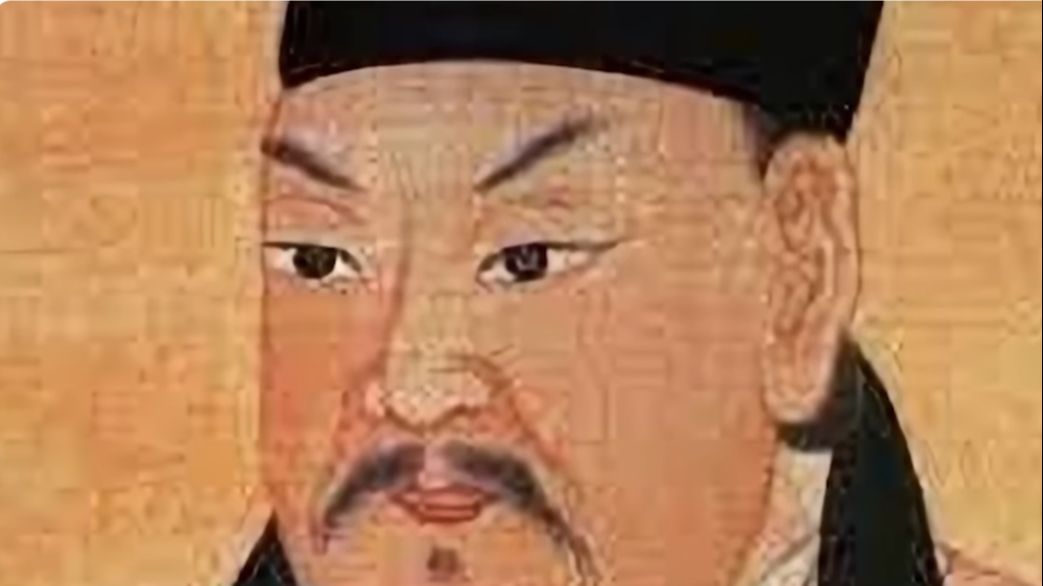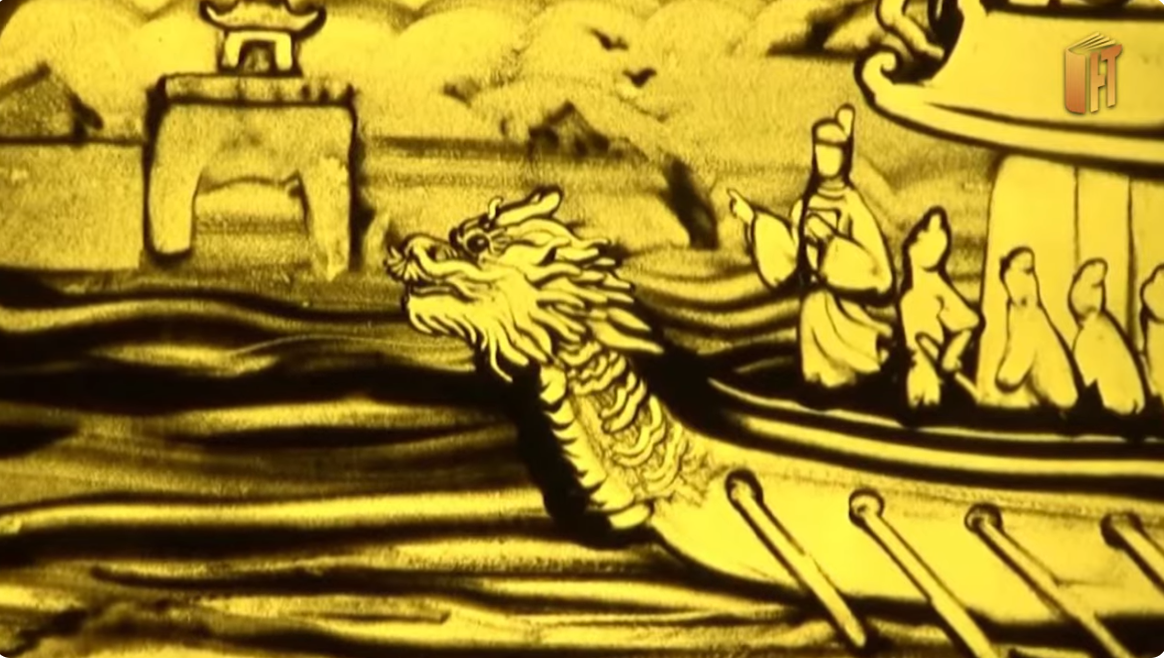
In 1010, Ly Thai To moved the capital from Hoa Lu to Dai La, the search for land and discussions about the preparations for the capital relocation took place relatively urgently. The journey from Hoa Lu to Dai La could be made by land or by water; historical records do not detail which route the Ly dynasty took for the relocation, but many researchers have concluded that the Ly dynasty moved by water, as only a water route would be safe and capable of carrying a large volume of both people and wealth.
In the Edict of Relocation, a very important event, Ly Thai To solemnly wrote: "Moreover, the old capital of Dai La, where Cao Vuong is located, is in the middle of the heavens and the earth, with the shape of a dragon facing a tiger." Cao Vuong here refers to Cao Bien, but why did Ly Thai To refer to Cao Bien with the respectful title of Cao Vuong? Similar to the kings and heroes of the Vietnamese nation. Although Cao Bien is viewed in various ways by our historical records, he is primarily recognized as a governor. Unlike the case of Si Niep, who lived in our country for many generations and can be considered a Vietnamese of Chinese descent.
Cao Bien was a genuine northern official sent to govern our country; Chinese historical records do not mention Cao Bien being conferred the title of king or claiming kingship. However, perhaps in the view of Ly Thai To, Cao Bien was someone who established a southern border by building the city of Dai La, hence the title Cao Vuong. Due to concerns about separatist schemes, Cao Bien was recalled in 875 during the reign of Emperor Hy Tong to serve as the governor of West Xuyen. Later, at the end of the Tang dynasty, during the Huang Shao rebellion, Cao Bien defied orders and refused to return to rescue the emperor. He then occupied Yangzhou but was ultimately defeated by the imperial army, captured, and executed. Ly Cong Uan referred to Dai La as the old capital of Cao Vuong not only to acknowledge Cao Bien's contributions in building the city but also perhaps to emphasize that Cao Bien was very skilled in geography and feng shui. This relates to Cao Bien's issues with spiritual suppression; over a decade ago, there was an incident at the To Lich River also related to Cao Bien's spiritual suppression.
So, what was the scale of the city of Dai La built by Cao Bien, and how did Cao Bien spiritually suppress our country?
According to author Nguyen Thanh Tu from our historical records, the city of Dai La built by Cao Bien had a circumference of 1982.5 trượng, which is about 6.6 km, a height of 2.6 trượng, approximately 8.67 m, and a base width of 2.5 trượng, about 8.33 m, with 55 watchtowers, three moats, and 34 pathways. Outside the city, there was a protective dike surrounding it, measuring 2115 trượng, approximately 7.09 km long. The dike was 1.5 trượng high, about 5 m. Thus, Cao Bien played a significant role in the construction of Dai La. In 938, Ngo Quyen defeated the Southern Han army, marking the beginning of an era of independence and freedom.
In 1010, Ly Thai To moved the capital to Dai La. When the boat was still docked under the city, the king suddenly saw a golden dragon flying up from the bow of the boat; he thought this was a heavenly omen and renamed it Thang Long. According to Chinese historical records, Cao Bien was from U Chau, which is present-day Beijing, and was the grandson of the famous general Sung Van, who played a role in quelling the rebellion of Liu Zhi during the reign of Emperor Hien Tong of the Tang dynasty. Cao Bien came from a military lineage but was also skilled in literature and was promoted to the position of Right Divine Book Governor. In 863, the Southern dynasty occupied An Nam from the Tang dynasty, and a year later, Cao Bien was ordered to reclaim the lost territory. Later, Cao Bien was promoted by the Tang emperor to the position of Governor. Thus, Cao Bien was an invading foreigner conferred the title of governor of our country.
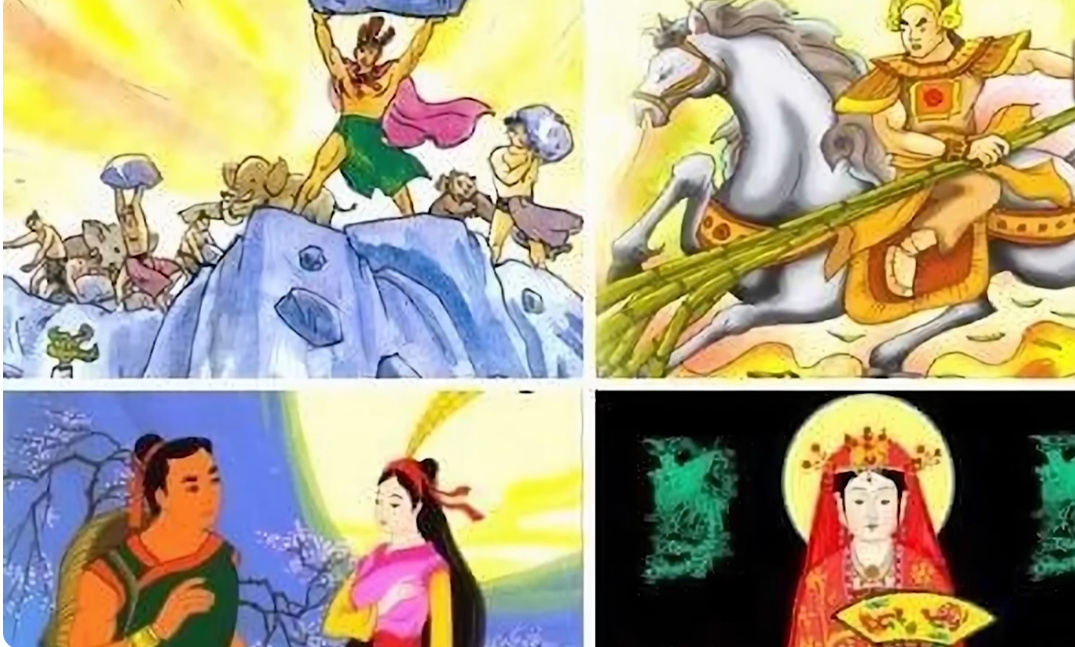
Cao Bien is a particularly important figure in both written literature and folklore, as his frequency of appearance is very high, while his actions and achievements remain vague and intriguing, and the Vietnamese people enjoy such stories. Especially the tales of his feng shui skills and spiritual suppression have piqued public curiosity.
In "Linh Nam Trich Quai," there is a story about hiding a golden buffalo in Tien Du district, which is present-day Bac Ninh, describing Cao Bien as someone skilled in numerology and geography, often riding a paper kite, flying in the air to suppress various scenic spots. Another story tells that after completing the city of Dai La, Cao Bien encountered a strange man dressed in colorful garments, looking peculiar, riding a red dragon floating in the clouds, with a magnificent aura, claiming to be Long Do Vuong. Startled, Cao Bien set up an altar and used a thousand iron figures shaped like deities as talismans, but as soon as he recited the incantation, the sky and earth became hazy day and night, with thunderous rain, and the iron figures shattered and flew into the air, causing Cao Bien to fearfully consider returning north.
The story of Tan Vien Son Saint details Cao Bien's spiritual suppression as follows. When Cao Bien of the Tang dynasty in An Nam wanted to suppress the sacred sites, he cut open the belly of a 17-year-old unmarried girl, discarded her intestines, stuffed her belly with cotton, dressed her, and placed her on a sacrificial throne made of cattle. Whenever she moved, he would swing his sword to behead her. Cao Bien applied this method to harm the deities of Tan Vien, but only saw the king riding a white horse in the clouds spitting and leaving. Bien lamented that the spiritual energy in the South was unpredictable, and the auspicious energy would never cease. Thus, the Tan Vien deity looked down on Cao Bien's spiritual suppression skills.
In 1427, Le Loi broke into Dong Quan, capturing Hoang Phuc, the Minister of Public Works of the Ming dynasty, seizing many important and rare documents. Notably among these was the "Cao Bien Geography Report," which is understood to be Cao Bien's report on geography listing the land of Giao Chi, totaling 632 main sites and 1517 subsidiary sites, which are places where talented individuals emerge. In literature, it includes the three highest honors, and in martial arts, it includes the titles of dukes and generals. Furthermore, there is the "Cao Bien Report on the Nine Dragons Sutra," which contains Cao Bien's report on feng shui and lists 27 major sites that could produce emperors. What is surprising today is that these listings, when compared to history, show many accurate points, which somewhat affirms that Cao Bien had the ability to make judgments regarding feng shui, and that is indeed a fact.
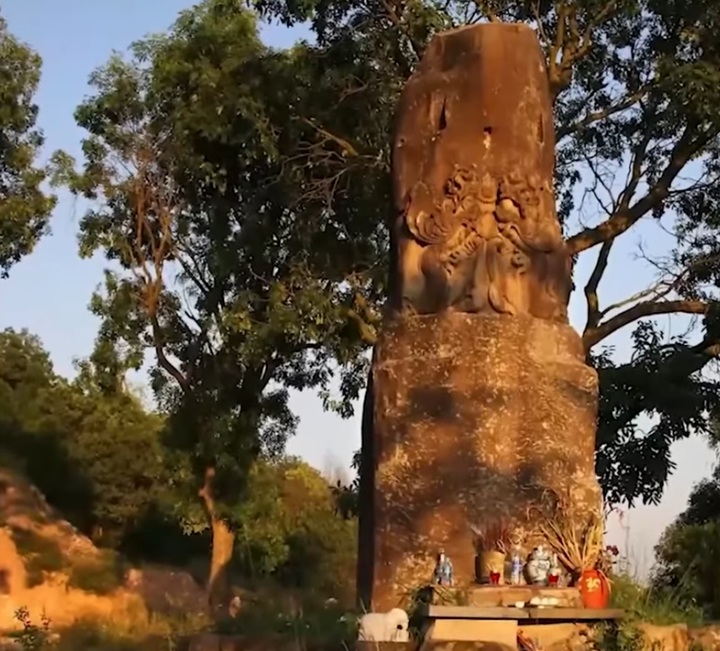
The legend of Kite Mountain in Ninh Binh.
When he came to Giao Chau, he saw that the dragon veins of the South were very prosperous. Wanting to destroy it, Cao Bien often wore a sorcerer's robe, rode a paper kite to survey the terrain, then set up an altar to sacrifice to the local deities, using a precious sword to behead them, and then dug trenches to bury metal to cut off the dragon veins. Once, while flying on a paper kite to Hoa Lu, he was shot by a Taoist priest and the locals with bows and arrows. Cao Bien was seriously injured, and the kite broke, falling onto a mountain, which is why the mountain is called Kite Mountain.
The saying "lầy bảy như Cao Bien dậy non" actually comes from the legend of Cao Bien's magical powers, known as the "Tản Đậu" technique, where Cao Bien sowed seeds into the ground, covered them for a while, recited incantations, and then opened them. Each seed would turn into a soldier. To suppress the spirit of Ha Long, Cao Bien often raised 100 ghost soldiers. Once, Cao Bien stayed at a water seller's place, asking her to light a stick of incense every day; after 100 days, lighting 100 sticks of incense would awaken 100 ghost soldiers. However, the old woman lit all 100 sticks in one day, resulting in Cao Bien having all 100 ghost soldiers, but due to their premature awakening, they could do nothing. Thus, despite his skills in feng shui and spiritual suppression, Cao Bien was still outsmarted by the intellect of a woman from An Nam.
There is also a legend about Cao Bien's grave.
It is said that after failing to suppress Dai La, Cao Bien, fearing the spiritual energy of the South, traveled far south to Phu Yen, to a small coastal village where he found a high dragon vein and settled there, helping the locals with many tasks, surveying land for houses and graves. When he died, the villagers buried him respectfully. Today, in Tuy An district, there are still traces of Cao Bien's grave on a hill, vividly depicted in the folk saying "looking far away, you can see Cao Bien's grave, looking closely, you can faintly see the ghost of Lien." However, the story reaching as far as Phu Yen, while at that time our territory only extended to the north, suggests that this may be a highly fictional tale.
One relic associated with the legend of Cao Bien that remains today is the stone pillar on top of Dạm Mountain in Bac Ninh, believed to be a spiritual suppression object. The legend states that it is believed that the land of Nam Son around Dạm Mountain is a place of royal emergence with the shape of a coiled dragon and a sitting tiger; Cao Bien erected that stone pillar to break it. After Cao Bien died, 51 years later, Ngo Quyen defeated the Southern Han army, marking the beginning of the era of the Great Viet army and people always triumphing over invasions from the northern feudal lords.
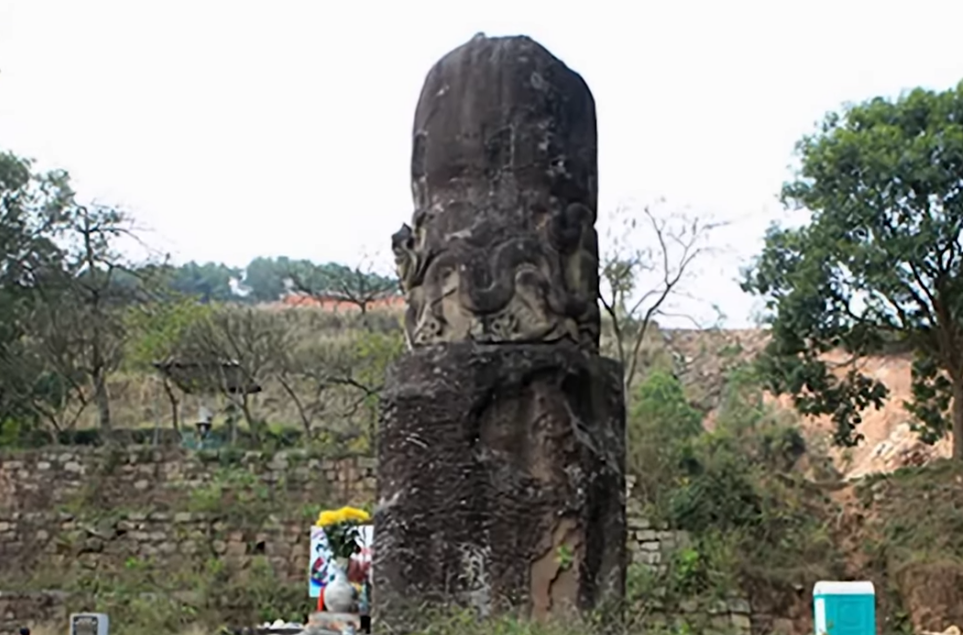
Thus, Cao Bien's spiritual suppression turned out to be futile. Some argue that either our country is indeed a land rich in auspicious sites for producing generals and kings, or that the spiritual suppression in relation to history is real, but as we see, Cao Bien achieved no results and instead suffered consequences. Thirdly, the spirit of self-determination of the Vietnamese people is indeed very strong. Many legends surrounding Cao Bien affirm his obvious failure before the deities of the South. Thus, ultimately, the story of Cao Bien is a story about sovereignty, affirming the determination to protect our nation's land.
